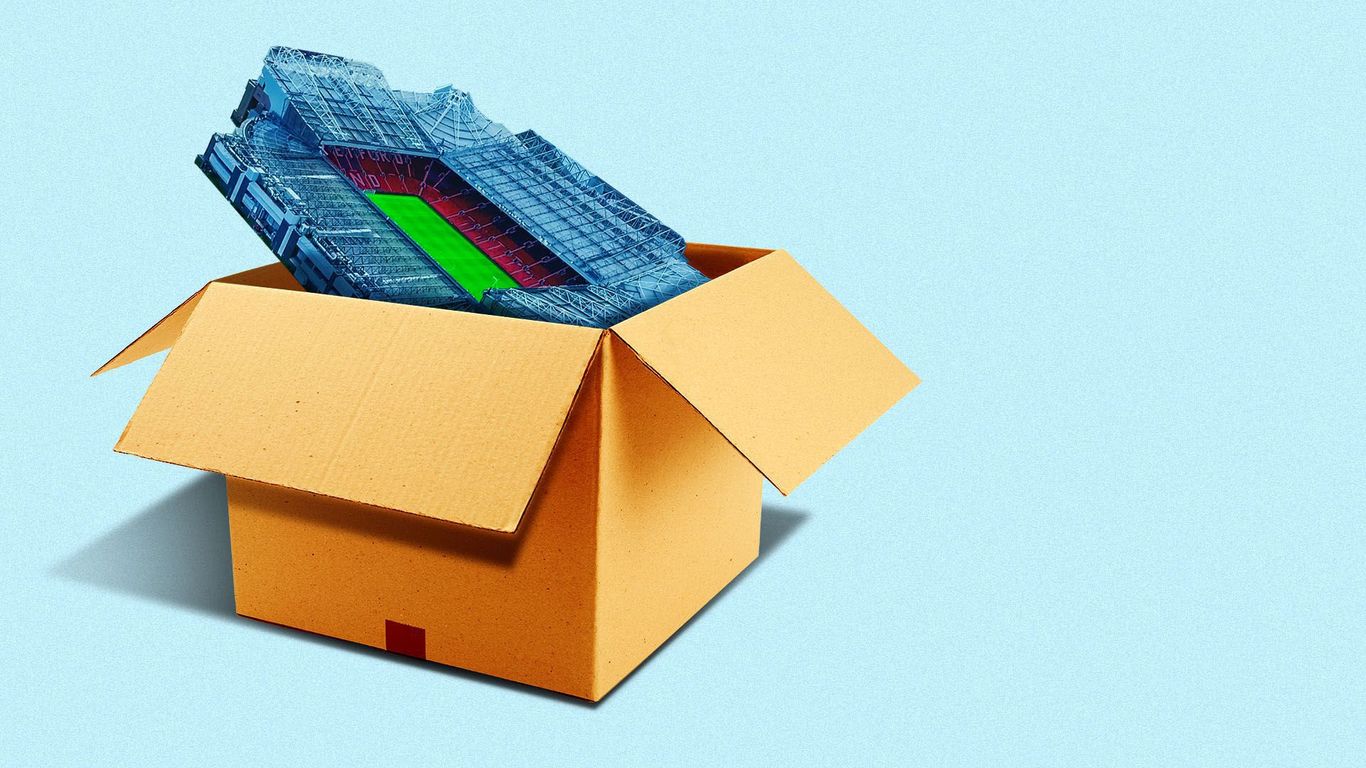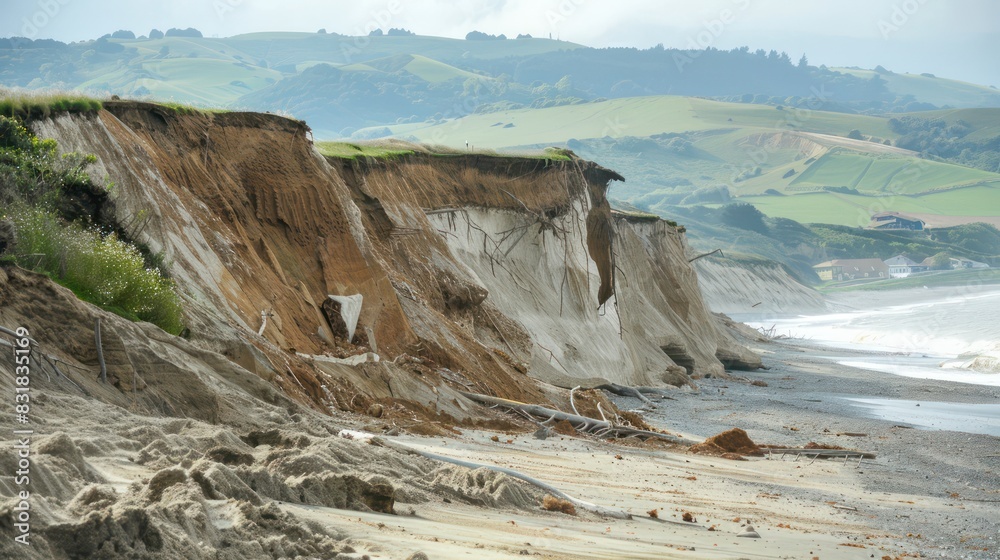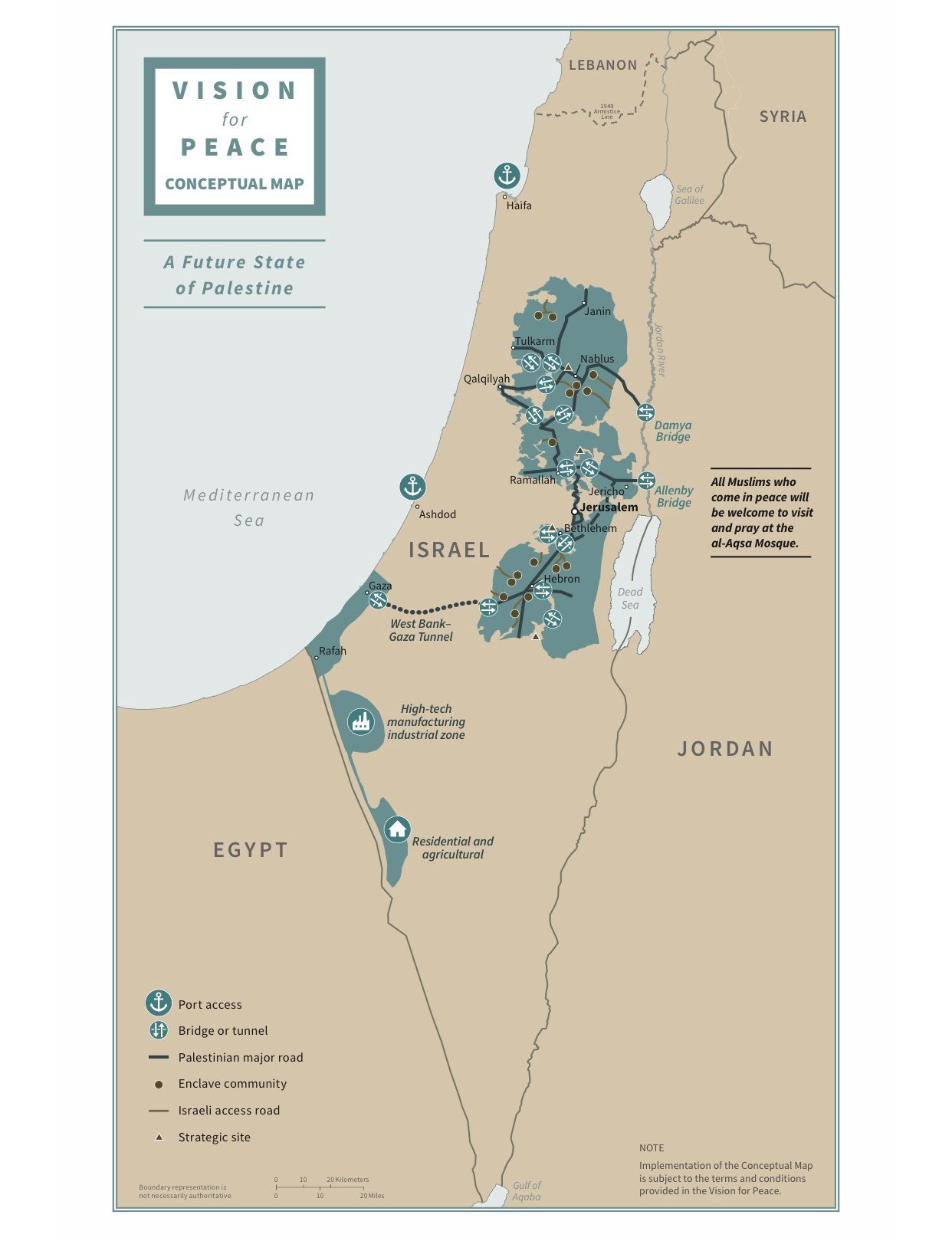Can Sports Stadiums Save Dying Downtowns? A Case Study

Table of Contents
The Economic Impact of Sports Stadiums on Downtowns
The economic impact of a new sports stadium is often touted as a major driver of downtown revitalization. However, a nuanced understanding of both direct and indirect effects is crucial.
Job Creation and Revenue Generation
The construction and operation of a stadium create numerous direct employment opportunities. These include jobs for stadium staff, security personnel, concessions workers, and cleaning crews. Beyond these immediate roles, indirect job creation is equally important. Nearby restaurants, hotels, and transportation services experience a surge in demand, leading to increased employment in these sectors. The Orioles' stadium in Baltimore, for instance, has fueled growth in nearby hospitality businesses, creating numerous jobs in catering, lodging, and related fields.
- Direct Jobs: Stadium staff, security, concessions, maintenance.
- Indirect Jobs: Restaurant and bar staff, hotel employees, transportation workers, retail employees.
- Revenue Streams: Ticket sales, concessions, merchandise sales, parking fees, corporate sponsorships, luxury box rentals.
The economic development generated by a stadium is considerable, although often difficult to isolate and quantify precisely. Studies show that increased revenue generation, though substantial, isn't always directly proportional to the initial public investment.
Increased Property Values and Investment
Proximity to a major sports venue can significantly influence property values. The increased foot traffic, entertainment options, and overall vibrancy often lead to a rise in real estate prices in surrounding areas. This attracts further investment, driving the development of new hotels, restaurants, and entertainment venues. However, this increase in property values can also lead to gentrification and displacement of long-term residents, a critical drawback that must be addressed through careful urban planning. Baltimore’s Inner Harbor area, redeveloped around Camden Yards, experienced significant property value increases, but also saw some displacement of lower-income residents. This highlights the need for careful consideration of equitable development strategies alongside real estate investment and urban revitalization efforts.
Social and Cultural Impacts of Stadiums on Urban Areas
Beyond the economic benefits, sports stadiums can have significant social and cultural impacts on urban areas.
Community Gathering Spaces and Events
Modern stadiums are increasingly designed as versatile community hubs, hosting a wide range of events beyond sporting matches. Concerts, festivals, community fairs, and other public gatherings can transform the stadium into a dynamic center for social interaction and community engagement. The use of stadiums for non-sporting events increases public space and contributes to social cohesion. Baltimore's Oriole Park at Camden Yards, for example, hosts various concerts and events throughout the year, showcasing its community-focused approach beyond baseball.
- Community Events: Concerts, festivals, family days, community gatherings.
- Public Space: Enhanced accessibility, increased pedestrian traffic, social interaction opportunities.
- Social Cohesion: Bringing diverse groups together, fostering a sense of shared identity.
Enhanced Tourism and City Image
A major league sports team and its stadium can significantly boost a city's tourism appeal. Visitors are attracted not only by the games themselves but also by the associated entertainment and hospitality options. Increased hotel bookings, restaurant patronage, and retail sales contribute significantly to the local economy. The stadium and its associated branding become key elements in destination marketing, improving the city's image and attracting both domestic and international tourists. Baltimore's Camden Yards has played a significant role in enhancing the city's tourism sector.
Potential Drawbacks and Challenges of Stadium-Led Revitalization
While the potential benefits are considerable, stadium-led revitalization efforts are not without their drawbacks.
Public Funding and Debt
The construction and maintenance of a major sports stadium often require substantial public funding. This can place a significant financial burden on taxpayers, leading to long-term debt and potentially impacting city budgets in other crucial areas like education or infrastructure. The financial sustainability of such projects needs careful evaluation, considering alternative uses for public funds. Many cities have faced criticism for prioritizing stadium funding over essential social services.
Displacement and Gentrification
The increased property values and development surrounding a new stadium can lead to rising housing costs and the displacement of existing residents. This often disproportionately affects lower-income communities and raises concerns about social equity. Mitigation strategies, such as affordable housing initiatives and community engagement programs, are crucial to minimize the negative social impacts of stadium-led revitalization. Baltimore’s experience provides a clear example of the need for careful consideration of these factors.
Conclusion: Can Sports Stadiums Really Save Dying Downtowns? A Final Look
Our case study of Baltimore reveals a complex relationship between sports stadiums and urban revitalization. While stadiums can undeniably generate economic activity, create jobs, and enhance a city's image, they are not a guaranteed solution for reversing urban decay. The potential for public debt, displacement, and gentrification necessitates careful planning, transparent financial management, and a commitment to equitable development strategies. The success of stadium-led revitalization hinges on a holistic approach that addresses both economic and social impacts. Can your city leverage the power of sports stadiums for effective downtown revitalization? The answer depends on careful planning and a commitment to community needs.

Featured Posts
-
 Barber Motorsports Park Colton Hertas Qualifying Performance
May 11, 2025
Barber Motorsports Park Colton Hertas Qualifying Performance
May 11, 2025 -
 Rising Sea Levels Catastrophe For Coastal Communities
May 11, 2025
Rising Sea Levels Catastrophe For Coastal Communities
May 11, 2025 -
 The Humanitarian Crisis In Gaza A Consequence Of Israels Blockade
May 11, 2025
The Humanitarian Crisis In Gaza A Consequence Of Israels Blockade
May 11, 2025 -
 Trumps Middle East Trip The Quiet Influence Of Jared Kushner
May 11, 2025
Trumps Middle East Trip The Quiet Influence Of Jared Kushner
May 11, 2025 -
 I Foni Tis Tzesika Simpson Mystika Kai Askiseis
May 11, 2025
I Foni Tis Tzesika Simpson Mystika Kai Askiseis
May 11, 2025
